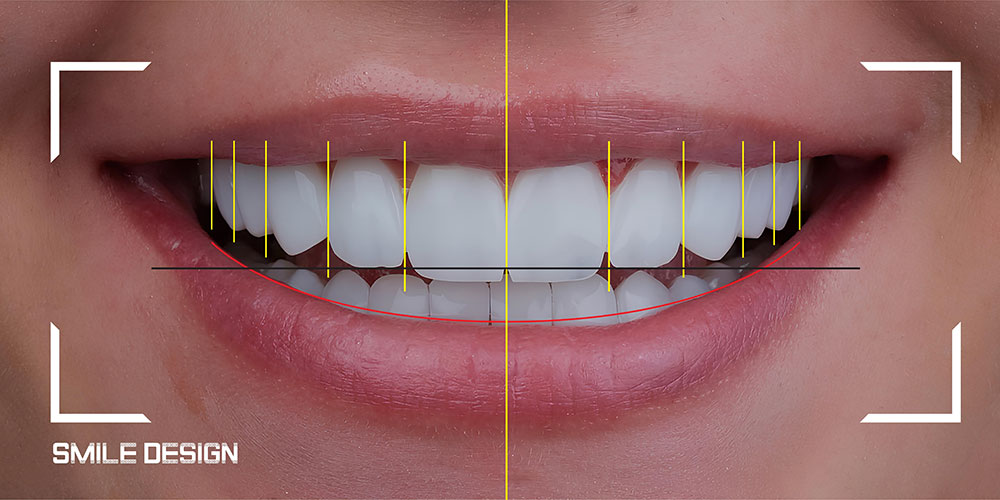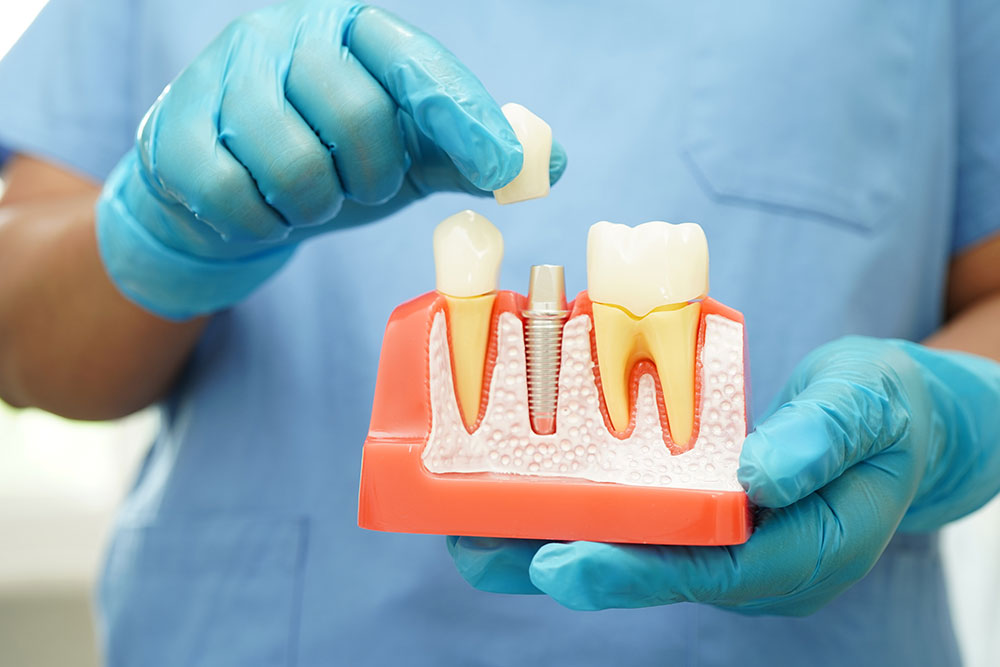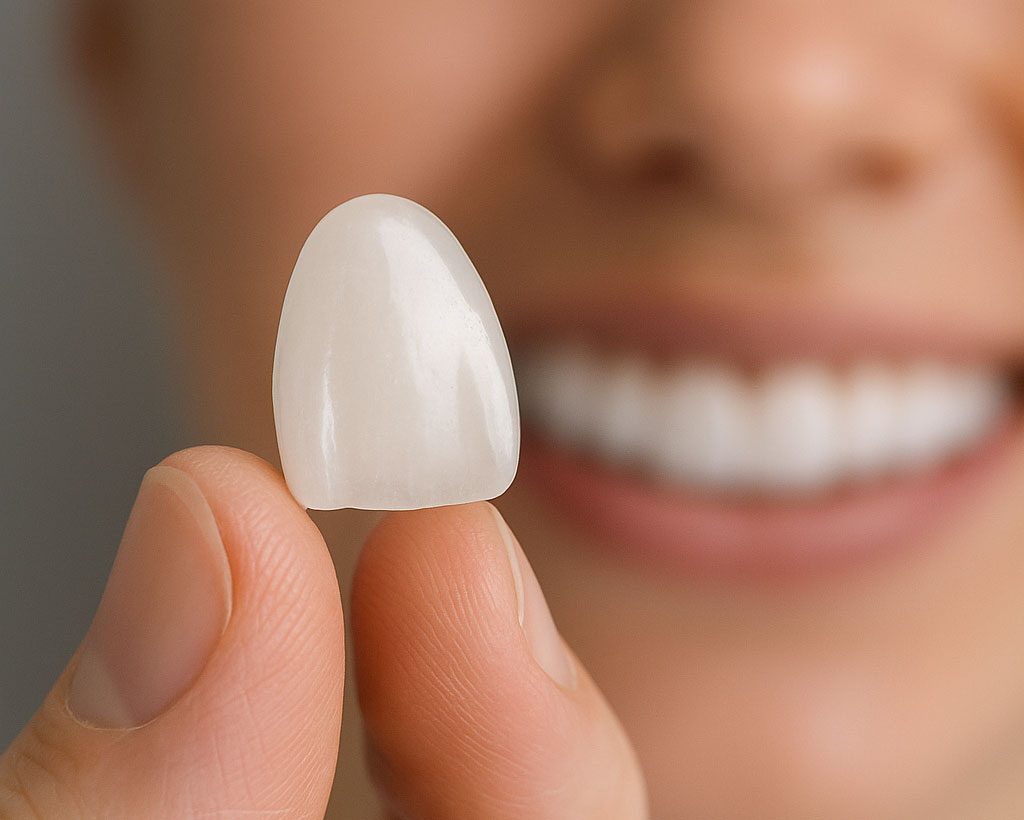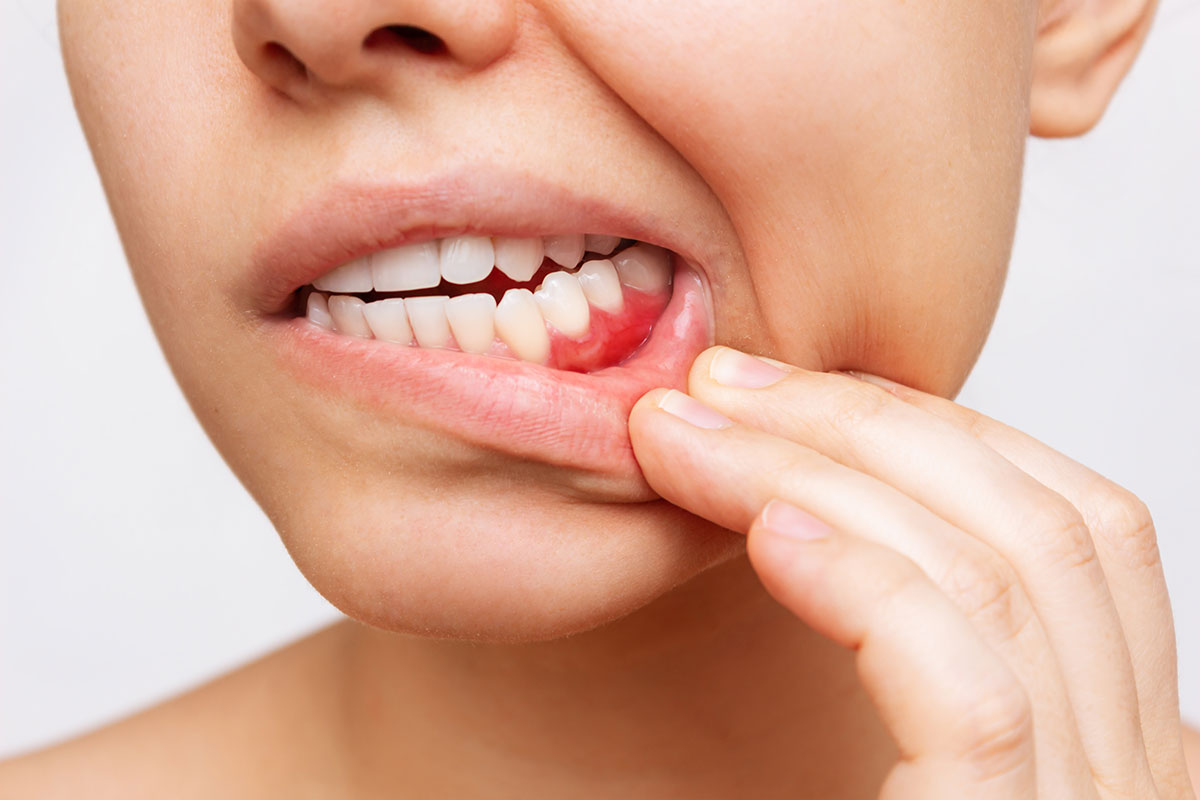Gingival recession is a common gum disease that directly affects oral health and aesthetic appearance. Although it may not be noticed at the beginning, in the following period tooth sensitivity, tooth loss and aesthetic deterioration can lead to serious consequences. For this reason, gum recession is not only an aesthetic problem, but also a health problem that needs to be prevented should be evaluated as
What is Gingival Recession?
Gum recession is a condition in which the by retracting the gingiva (gum) tissue is a condition where the root of the tooth is exposed. A healthy gum wraps the tooth tightly and the root remains under the gum. However, when the gum recedes, the root surface is exposed and this cold-hot sensitivity, aesthetic impairment and increased risk of caries and so on.
Symptoms of Gum Recession
Gum recession usually progresses slowly and often develops without the patient noticing. However, if the following symptoms are noticed in the early period, it is necessary to consult a dentist:
- Teeth sensitivity to cold, hot, sweet or acidic foods
- At the gum line shrinkage, thinning or asymmetric appearance
- Visible exposure of tooth roots
- Bleeding gumsespecially during brushing
- Bad breath (halitosis)
- Swaying sensation in the teeth
- Your teeth appear to be elongated or spaced apart
If you have even one of these symptoms, gum recession may have started.
Causes of Gum Recession
Gum recession is caused by a combination of many factors. The most common causes are:
1. Wrong Tooth Brushing Technique
Using an excessively hard brush or brushing the teeth horizontally and vigorously damages the gums. Over time, the gum recedes and the root surface is exposed.
2. Tartar and Plaque Accumulation
Inadequate oral hygiene causes plaque and tartar (calculus) to form on the teeth. Tartar leads to inflammation in the gums, and this inflammation weakens the tissue over time and causes recession.
3. Gum Diseases (Periodontitis)
Infections such as gingivitis and periodontitis destroy the supporting tissues of the gums. Left untreated, bone loss and gum recession become inevitable.
4. Orthodontic Disorders
Crooked teeth or misaligned teeth can cause recession by putting too much pressure on the gums.
5. Tooth Grinding (Bruxism)
The habit of clenching and grinding while sleeping at night exposes the teeth and gums to trauma. This causes the gums to recede over time.
6. Genetic Factors
Some people are born with thinner or sensitive gum tissue. Genetic predisposition can cause recession to occur more easily.
7. Cigarettes and Tobacco Products
Smoking reduces blood flow to the gums and makes healing more difficult. It also increases tartar formation and accelerates the process of recession.
8. Hormonal Changes
Changes in hormone levels during pregnancy, puberty or menopause can cause the gums to become more sensitive.
How Is Gingival Recession Diagnosed?
Gum recession is a condition in which the dentist clinical examination is easily diagnosed with. In necessary cases:
- Periodontal probe measurement (gingival depth is assessed),
- X-ray (radiography) bone loss is examined.
In this way, the degree of recession is determined and a personalized treatment plan is prepared.
Gum Recession Treatment Methods
Treatment of gum recession, according to the cause and level of progress varies. In the early stages, it can be stopped with simple methods, while in advanced cases, surgical intervention may be required.
1. Tartar Removal (Detartraj)
If the recession is caused by calculus, plaque and stones are first removed from the tooth surface. This process allows the gums to become healthy again.
2. Root Planing
Bacterial layers on the tooth root surface are removed and the surface is made smooth. Thus, the gum can attach to the tooth again.
3. Correction of Brushing Technique
The dentist teaches the patient the correct tooth brushing method. Usually soft bristle brushes and gentle cleaning with circular movements recommended.
4. Gingival Graft
In advanced cases of recession, gum transplantation may be required. In this procedure, healthy tissue taken from the patient's palate is added to the receding area. Thus, the tooth root is closed and the aesthetic appearance is restored.
5. Regenerative Therapies
In some cases, if bone loss is also present, bone and gum tissue can be reconstructed with special biomaterials. This is preferred in advanced cases of periodontitis.
6. Orthodontic Treatment
If the misalignment of the teeth causes recession, orthodontic correction can reduce the load on the gums.
Supportive measures that can be implemented at home
The success of treatment also depends on the patient's home care habits. Here are suggestions to prevent gum recession and stop its progression:
- Soft toothbrush Use it.
- Your teeth twice a day, in a circular motion brush it.
- Dental floss or interface brush clean between the teeth.
- Antiseptic mouthwashes Use it.
- Avoid smoking and tobacco products.
- Do not break hard foods (walnuts, ice, hazelnut shells) with your teeth.
- Regular dental check-up (every 6 months).
Post Treatment Process
After gum recession treatment, the healing process is completed in a few weeks. During this period
- Sensitivity it can happen, but it is temporary.
- Recommended by the dentist special toothpastes and mouthwashes should be used.
- Excessively hot or cold food should be avoided.
- At the graft site forceful brushing should not be done.
Regular check-ups can protect the health of the gums and prevent recurrence of recession.
What Happens If Gum Recession Is Not Treated?
Untreated gum recession progresses over time and can cause the following problems:
- Tooth root caries
- Severe tooth sensitivity
- Bone loss and loose teeth
- Tooth loss
- Bad breath and aesthetic impairment
Early diagnosis is the most important step to prevent these complications.
Conclusion Treat Your Gums in Time
Gum recession is a serious problem that can lead to tooth loss if left untreated. However, with early diagnosis and correct treatment possible to return is a situation.
When you notice recession, bleeding or tenderness in your gums, you should immediately contact a periodontology specialist you need to apply. With regular care and the right habits, you can protect your gums and maintain a healthy smile for a lifetime.





